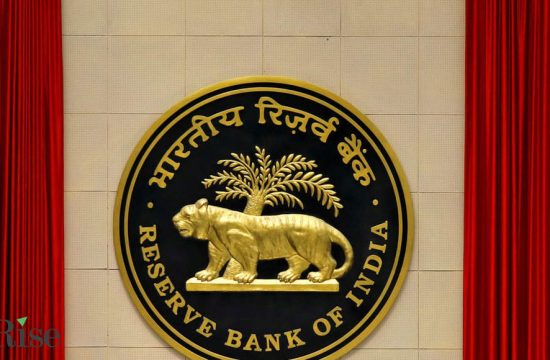
By Amir Ullah Khan
Like with labour markets, India’s agriculture sector too has been shackled by rigid and archaic regulations. Both these sectors also are state subjects and therefore we also have differing rules that come in the way of any scaling up that any firm would want. Again, like in the case of labour, the government has used the pandemic to issue some quick ordinances to replace existing statues.
Whether these should have been moved first in parliament or in state legislatures is a moot question and the debate will go on for quite a while. The COVID-19 pandemic has indeed changed everything in many ways. Besides impacting the way we live and work, it has also severely affected the economy. Countries have been compelled to take a relook at various sectors and salvage them from the impact of the crisis.
For India, agriculture is in many ways the backbone of economic activity. It still hires nearly 50 percent of the workforce and it is growth in agriculture that catalyzes growth in the manufacturing and the services sector too. Given the discussions that have been going on for decades now, on Agricultural Mandis and on Essential Commodities, it was just a matter of time before some big changes were effected.
Therefore, it was not surprising that some big amendments to the Essential Commodities Act, 1955, Agriculture Produce Marketing Committee (APMC) jurisdiction and laws on inter-state trading were announced recently. Besides ensuring better prices for farmers and improving their livelihoods, these reforms have also paved the way for further streamlining of the otherwise unorganized farming sector of the country. For example, it would enable a harmonization of the various taxes that farmers pay to the Agricultural Committee, ranging from 1% in Rajasthan to 8.5% in Punjab.
Such a scenario could prove to be an opportune time for technology adoption. The reforms spearheaded by the government when clubbed with digitization led by e-commerce could benefit the sector at large. In fact, it could go a long way in making agriculture in India a globally competitive sector.
Just like how technology has helped identify gaps and find solutions in sectors such as manufacturing, healthcare and finance, the time is ripe for agriculture to make the most of it. Promising digital solutions such as e-commerce can address pressing challenges, posed mainly by the pandemic in the present time. Let’s look at how it can prove to be a key enabler for enhancing the existing agri linkages.
Key benefits of e-commerce
Of the several issues faced by the agriculture sector, e-commerce can solve problems such as high levels of fragmentation in the supply chain, large volumes of produce traded, and quality and costs of products.
Given their access to adoption and assimilation of new technologies in the supply chain, these companies can go a long way in helping to reduce costs. An indirect advantage of this would be empowering farmers, especially those who are not in a position to negotiate better prices for their produce.
This will give them access to capital for adopting technology suitable for enhancing agricultural practices. Speed of the produce reaching from farm to table is also an immense challenge for several farmers in India. E-commerce can help fill in the bottlenecks along the way by setting up an entire channel of the supply chain. This way, they can procure easily from farmers leading to the agriculture market gaining immense speed.
Farmers in India are often exploited by middlemen, which leads to excess inventory, leading to loss of their rightful earnings. The transparency and efficiency followed by e-commerce companies will help eliminate at least some of the unnecessary middlemen resulting in inventory reduction, which makes it easier for a farmer to sell their produce to consumers at competitive prices. Besides easing of processes, it can also ensure effective checks to ensure that quality is not compromised in any way.
A farmer puts in tremendous efforts in harvesting the crop and is entitled to reap the monetary outcomes of the hard work. Tech adoption can help with optimum utilization of produce. If deployed thoroughly, it can help in reducing post-harvest wastage by improving market efficiency; give a boost to agricultural content development and its upgradations. Moreover, it can significantly amplify the reach of agricultural products, thus leading to increased cross-boundary selling; produce can be delivered beyond boundaries.
Even today, a lot of farmers face constraints when it comes to selling their produce to a larger customer base. E-commerce can solve this issue with their capacity to bring niche agricultural products to nationwide markets. A NASSCOM study of 2019 has suggested that Indian farmers face post-harvest losses amounting to a whopping Rs 93,000 crore. While a slew of agritech startups are trying their best to bridge the gap, adding e-commerce to the mix can further accelerate their work toward boosting farmer income. This will happen when grading of products is enabled, product tracing happens easily and labelling becomes a reality. Digital inclusion therefore would enable most farmers to access a new supply chain that reduces leakages and losses during transportation and allows for a far more efficient supply chain linking the procedure to the plate
The writer is Visiting Professor at the Indian School of Business where he is teaching a course on Healthcare Economics.










